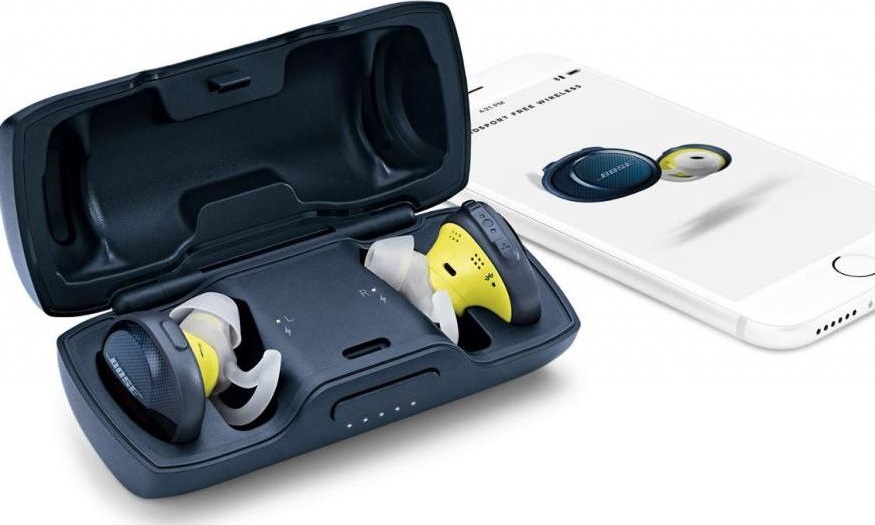

They also have no telecoil, which means you can’t take advantage of hearing loops and other assistive listening devices without an additional streamer. Hearing Review suggested that this decision may have been made to provide for longer battery usage.
#Bose sound control hearing aid Bluetooth
You program the hearing aids using Bluetooth (and the Bose app) but you can’t listen to phone calls or stream music or podcasts the way you can with Made-for-iPhone or Made -for-Android aids. Standard hearing aids offer many features that the Bose does not. Bailey wrote that open tips provide less bass, and a “fundamentally different sound quality.” He would like to see Bose replicate its findings using the patented SoundControl product. The marketed product has tips more like a standard dome that fits loosely in the ear.

Abram Bailey of Hearing Tracker noted that the product used in the study had closed earbud-like tips. The Northwestern study also found no difference in hearing-in-noise performance and customer satisfaction in those using prescription-fitted hearing aids and the Bose. A study done by Bose with Northwestern comparing the Bose to prescription hearing aids found that users were happier with Bose’s sound quality than they were with prescription aids. Since the product is not yet available, there are no user reviews, but I’d love to hear from anyone who tries them out. Consumers can also try out the hearing aid virtually, wearing headphones, and see how the fitting works. You can go on the Bose product page and take a hearing test to see if the Bose aid is right for you. But they may be for those who could benefit from a hearing aid but are deterred by cost ($2400 per aid, on average). This hearing aid is not for me or for most readers of my blog, who tend to have more severe loss. (If you are already a hearing-aid user, you know that some batteries seem to have a lifespan of about 10 minutes, but that’s the battery’s fault, not the device’s.) Many people prefer rechargeable batteries. The aids use standard 312 hearing-aid batteries, with a battery life of up to four days depending on how and how often the hearing aid is used. You can also change the Left/Right Ear balance. The app also allows you to change the direction of the microphones, from Everywhere to Front, which is helpful in noise. The Bose Hear App has just two controls: World Volume (how loud you need it to be to hear in your environment) and Treble & Bass, which allows you to refine the sound according to your needs. The consumer uses the Bose Hear App on a smart phone to personalize the sound levels. For photographs and a more detailed discussion, read Karl Strom’s article in Hearing Review. The aids have a behind-the-ear component and a dome in the ear, and look like a standard hearing aid. For now they are available only in five states: Massachusetts, Montana, North Carolina, South Carolina, and Texas, but distribution will cover all the states within a year. The hearing aids are intended for people with mild to moderate hearing loss. Last week, surprising many, Bose announced that its SoundControl hearing aid would be available starting on Tuesday May 18 th at a cost of $849 per pair. But no new product appeared, and some wondered if they’d given up. Three and a half years ago Bose announced that the FDA had approved a hearing aid that consumers would fit and program themselves, using an app on their smart phone. Moreover, it comes from Bose, which has a stellar reputation in the field of sound technology. This week a new hearing aid goes on the market that costs a fraction of most hearing aids, has FDA approval, and can be bought directly by the consumer without seeing an audiologist.


 0 kommentar(er)
0 kommentar(er)
